The Art of the Shuffle: A Deep Dive into Apple Music’s Iconography
Related Articles: The Art of the Shuffle: A Deep Dive into Apple Music’s Iconography
Introduction
With enthusiasm, let’s navigate through the intriguing topic related to The Art of the Shuffle: A Deep Dive into Apple Music’s Iconography. Let’s weave interesting information and offer fresh perspectives to the readers.
Table of Content
- 1 Related Articles: The Art of the Shuffle: A Deep Dive into Apple Music’s Iconography
- 2 Introduction
- 3 The Art of the Shuffle: A Deep Dive into Apple Music’s Iconography
- 3.1 Understanding the Icons: A Visual Language
- 3.2 The Importance of Icons in Navigating Music
- 3.3 FAQs about Apple Music Shuffle Icons
- 3.4 Tips for Optimizing Your Shuffle Experience
- 3.5 Conclusion: A Symphony of Randomization
- 4 Closure
The Art of the Shuffle: A Deep Dive into Apple Music’s Iconography

The seemingly simple act of shuffling music on Apple Music involves a complex interplay of user interface elements and underlying algorithms. While the act itself is straightforward, the icons that accompany the shuffle function play a crucial role in informing users about the nature of the randomization and enhancing their overall listening experience. This article explores the nuances of Apple Music’s shuffle icons, delving into their design, functionality, and significance in navigating the vast world of music.
Understanding the Icons: A Visual Language
Apple Music employs a distinct set of icons to represent different shuffle modes, each with a unique visual language that conveys specific information to the user. These icons, often overlooked, serve as a vital communication tool, allowing listeners to quickly grasp the intended randomization process.
1. The Classic Shuffle Icon:
This iconic symbol, featuring two arrows pointing in opposite directions, represents the traditional shuffle mode. It signifies a completely randomized playback experience, where songs are played in a random order without any predefined pattern. This icon is familiar to most music listeners and evokes a sense of spontaneity and discovery.
2. The "Shuffle Play" Icon:
This icon, introduced in recent updates, depicts a circular arrow with a play button at its center. It represents the "Shuffle Play" feature, which shuffles all songs within a specific playlist, album, or artist’s discography. This icon emphasizes the targeted randomization of a specific musical collection, providing a controlled yet randomized listening experience.
3. The "Up Next" Icon:
This icon features a list with a play button, indicating the "Up Next" queue. While not directly related to shuffling, it plays a crucial role in the overall randomization process. Users can manually add songs to the "Up Next" queue, creating a personalized playlist that can be shuffled independently of the main library. This icon allows for a more curated and intentional approach to shuffling, blending random selection with user control.
4. The "Repeat" Icon:
This icon, featuring a looping arrow, signifies the "Repeat" function, which allows users to replay an entire playlist, album, or song repeatedly. While not directly a shuffle icon, the "Repeat" function can be combined with shuffling to create unique listening experiences. For instance, a user can activate both the "Repeat" and "Shuffle" functions to create a loop of randomly played songs from a specific album.
5. The "Smart Shuffle" Icon:
This icon, often represented by a stylized musical note with a circular arrow, represents the "Smart Shuffle" feature. This advanced randomization mode utilizes machine learning algorithms to analyze the user’s listening history and preferences, creating a personalized shuffle playlist based on their musical tastes. This icon signifies a more sophisticated approach to shuffling, taking into account individual preferences and offering a tailored listening experience.
The Importance of Icons in Navigating Music
These seemingly simple icons play a crucial role in enhancing the user experience within Apple Music. They provide a clear and concise visual language that allows users to:
- Understand the randomization process: Each icon clearly communicates the type of shuffling being applied, allowing users to make informed decisions about their listening experience.
- Control their listening experience: Users can choose the shuffle mode that best suits their preferences, whether it’s a completely random experience or a more curated and controlled approach.
- Discover new music: The "Smart Shuffle" feature, in particular, encourages exploration by introducing users to new tracks and artists based on their listening history and preferences.
- Enhance the enjoyment of music: The ability to shuffle songs in various ways adds a layer of spontaneity and discovery to the listening experience, making it more engaging and enjoyable.
FAQs about Apple Music Shuffle Icons
1. What is the difference between "Shuffle Play" and "Smart Shuffle"?
"Shuffle Play" randomly plays songs within a specific playlist, album, or artist’s discography, while "Smart Shuffle" uses machine learning algorithms to create a personalized shuffle playlist based on the user’s listening history and preferences.
2. Can I use "Up Next" with the shuffle function?
Yes, you can add songs to the "Up Next" queue and then activate the shuffle function. The "Up Next" queue will then be shuffled, allowing you to control the order of songs within the queue.
3. Does "Smart Shuffle" only play songs from my library?
No, "Smart Shuffle" can also include songs from Apple Music’s curated playlists and radio stations, based on your listening history and preferences.
4. How do I access "Smart Shuffle"?
"Smart Shuffle" is available in the "Now Playing" view. Simply tap the "Shuffle" icon and select "Smart Shuffle" from the options.
5. Can I customize the "Smart Shuffle" algorithm?
While you cannot directly customize the algorithm, you can influence its output by interacting with Apple Music’s content, such as adding songs to your library, creating playlists, and listening to curated playlists and radio stations.
Tips for Optimizing Your Shuffle Experience
- Experiment with different shuffle modes: Explore the various shuffle options available to discover the mode that best suits your listening preferences.
- Utilize the "Up Next" queue: Manually add songs to the "Up Next" queue to create a personalized shuffle playlist that reflects your current mood or musical interests.
- Engage with "Smart Shuffle": The more you use "Smart Shuffle," the better it will become at understanding your musical tastes and creating personalized shuffle playlists.
- Explore curated playlists: Discover new music by listening to Apple Music’s curated playlists, which are updated regularly and feature a wide range of genres and moods.
- Create your own playlists: Curate your own playlists based on specific themes, moods, or artists, and then shuffle them to create a personalized listening experience.
Conclusion: A Symphony of Randomization
Apple Music’s shuffle icons, seemingly simple in design, serve as a vital bridge between user interface and algorithm. They provide a clear visual language that allows users to navigate the vast world of music with ease, control their listening experience, and discover new sounds. By understanding the nuances of these icons and the randomization modes they represent, users can unlock a richer and more personalized musical journey within Apple Music. The art of the shuffle, therefore, goes beyond mere randomness, becoming a symphony of discovery, control, and musical exploration.

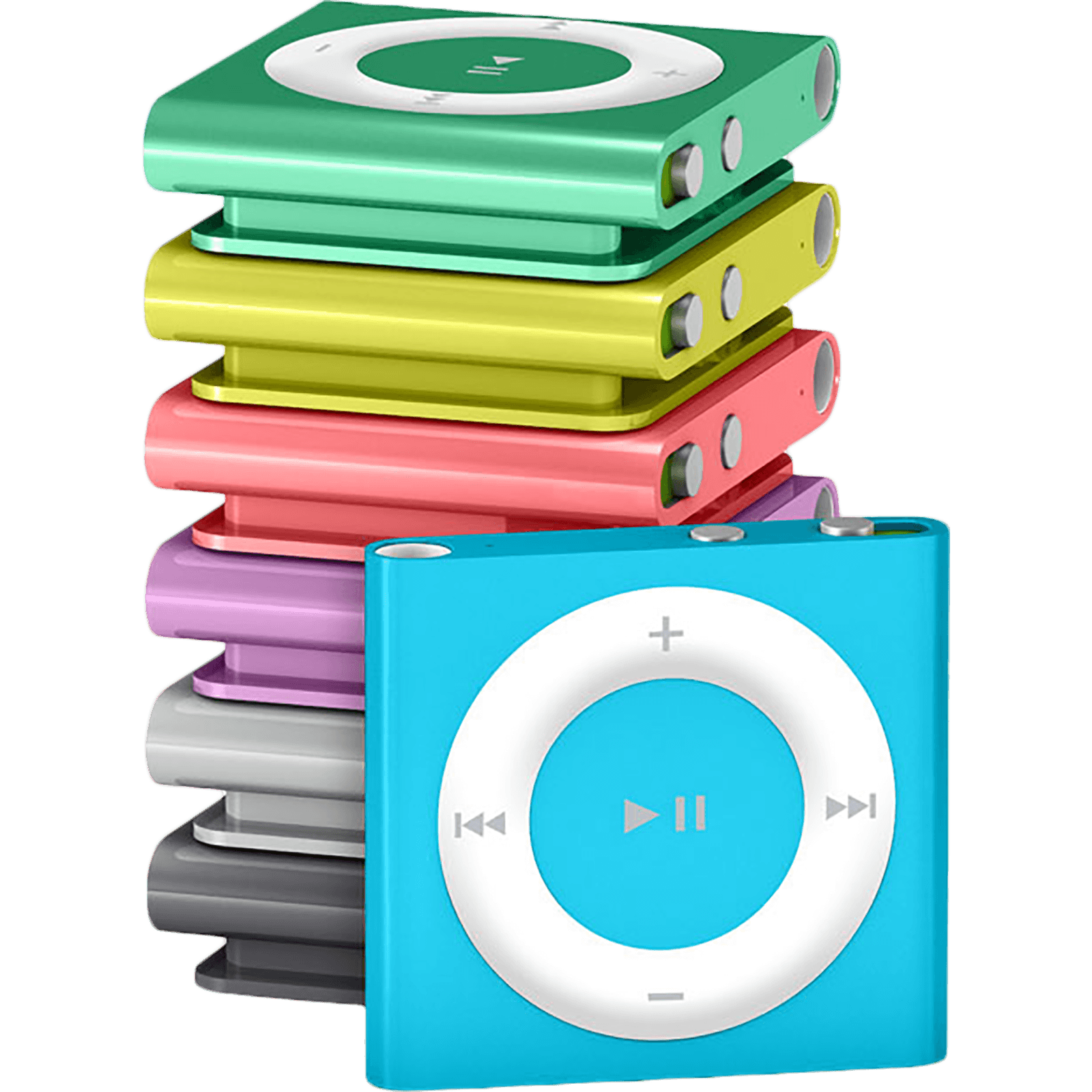
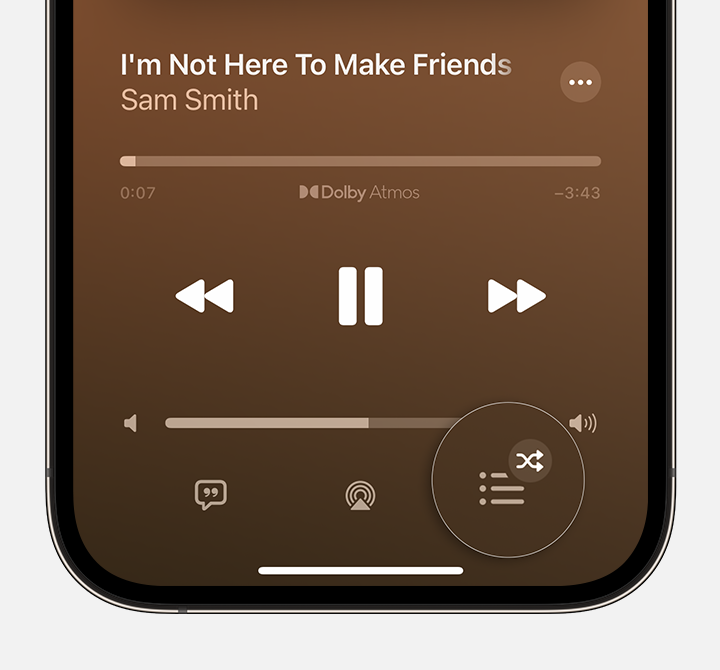
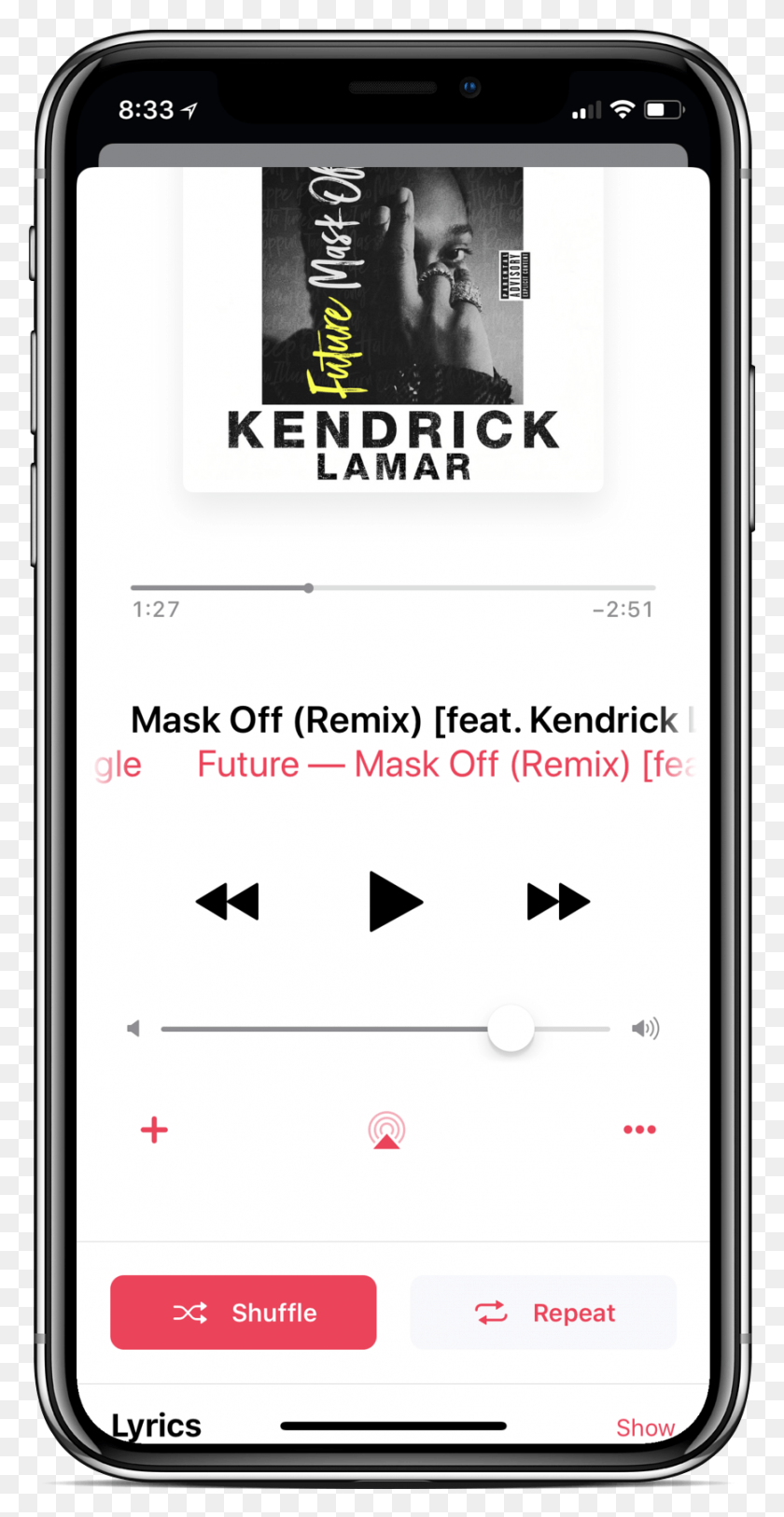
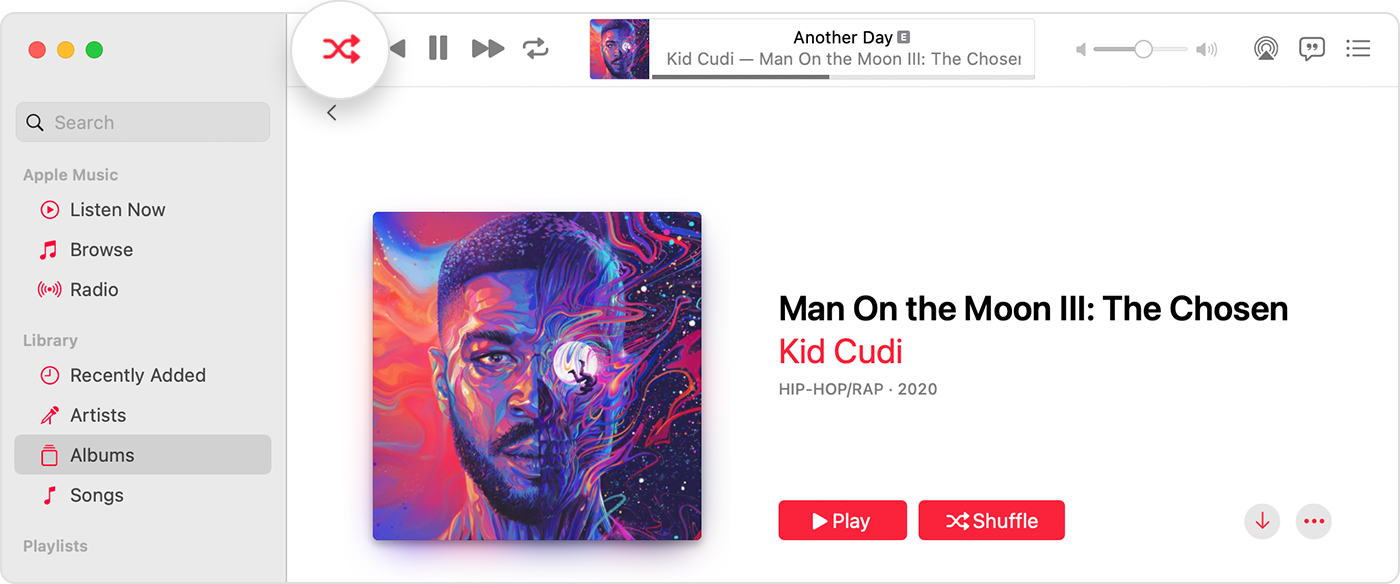
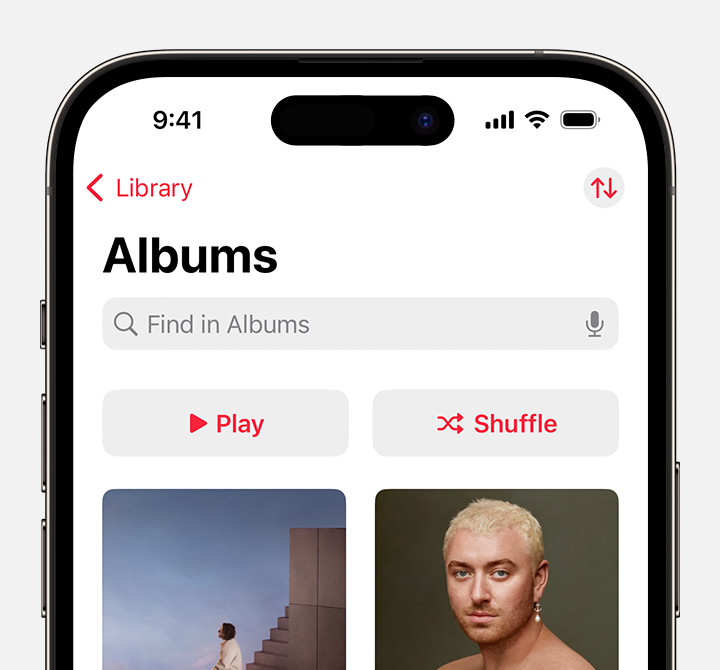

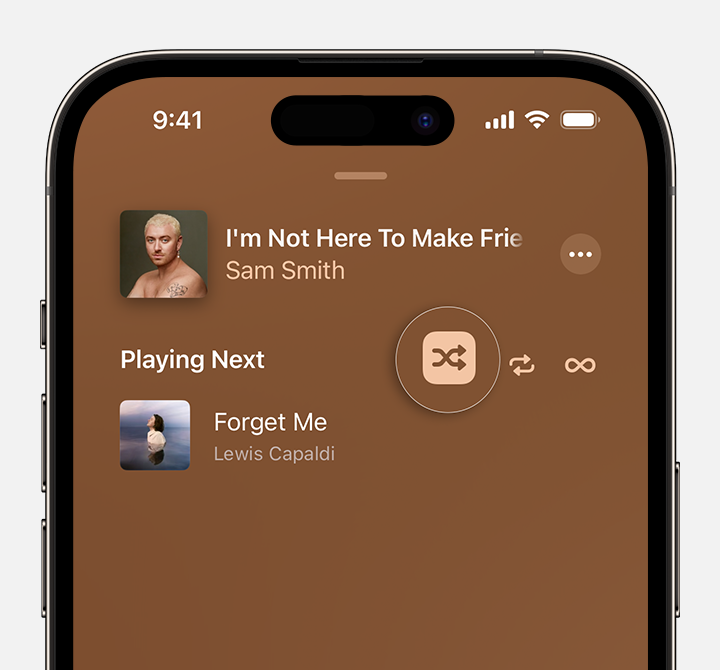
Closure
Thus, we hope this article has provided valuable insights into The Art of the Shuffle: A Deep Dive into Apple Music’s Iconography. We appreciate your attention to our article. See you in our next article!